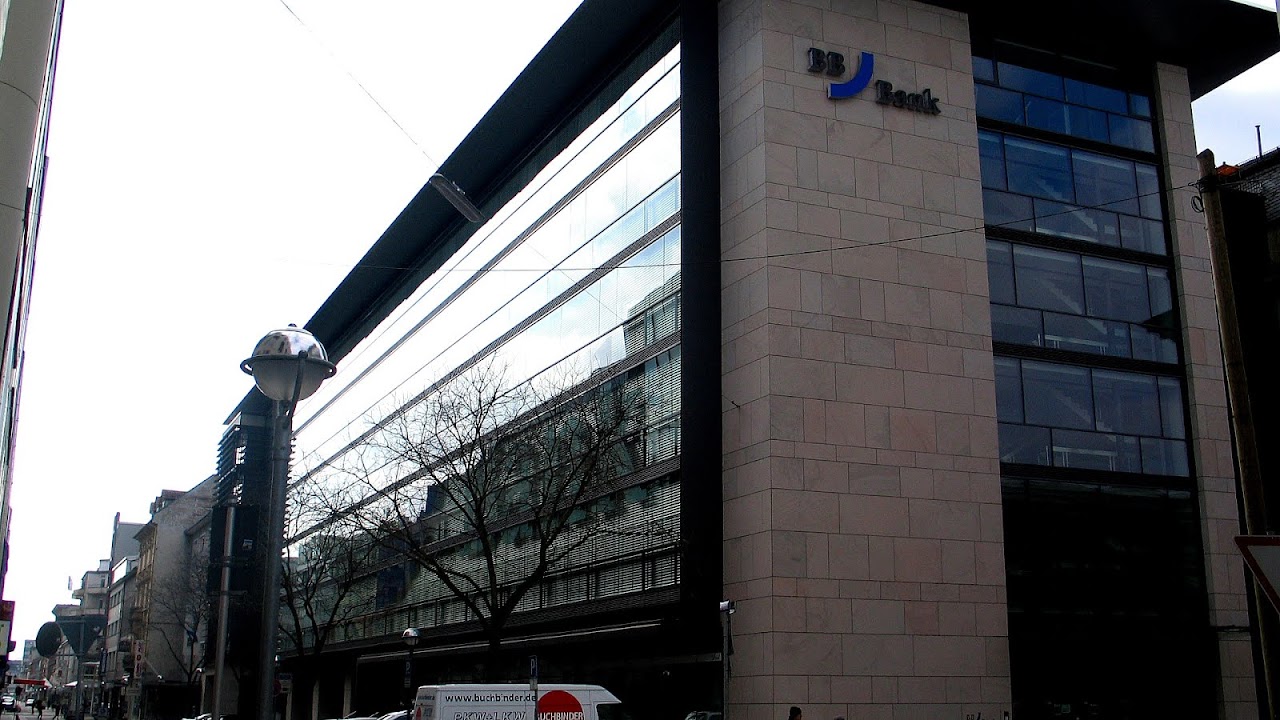
The bulge bracket comprises the world's largest and most profitable multi-national investment banks whose investment banking clients are usually large corporations, institutions, and governments. They usually provide both advisory and financing banking services, as well as the sales, market making, and research on a broad array of financial products including equities, credit, rates, commodities, and their derivatives. They are also heavily involved in the invention of new financial products, such as mortgage-backed securities in the 1980s, credit default swaps in the 1990s, and today, carbon emission trading and insurance-linked products. Bulge bracket firms are usually primary dealers in US treasury securities. Bulge bracket banks are also global in the sense that they have a strong presence in all three of the world's major regions: The Americas, EMEA, and Asia-Pacific.
The name comes from the way investment banks are listed on the "tombstone", or public notification of a financial transaction or deal. The bank responsible for control of allocation of securities to investors, known as the bookrunning manager is listed above the others and on the cover of the prospectus. The font size of the name of this bank, or banks if there are co-bookrunning managers, is larger and it may "bulge" out.
There is often debate over which banks are considered to belong to the bulge bracket. Membership implies prestige, but there are no precise criteria for inclusion, and financial power is transient. Various rankings are often cited, such as Thomson Reuters League Tables, Bloomberg 20, or other league tables.

Maps, Directions, and Place Reviews
Membership
Prior to the 2007-8 subprime mortgage crisis
The Bulge Bracket firms on Wall Street prior to late 2007 were, alphabetically: Bear Stearns, Citigroup, Credit Suisse, Deutsche Bank, Lehman Brothers, Goldman Sachs, J.P. Morgan Chase, Merrill Lynch, Morgan Stanley and UBS.
This list has changed as a result of the 2008 subprime mortgage crisis, with Lehman Brothers having filed for bankruptcy (later having their core US investment bank acquired by Barclays), Bear Stearns collapsed and sold to J.P. Morgan Chase at $2 per share, Merrill Lynch being purchased by Bank of America. Barclays and Bank of America Merrill Lynch gained Bulge Bracket status after their respective acquisitions.
Banks formerly part of the bulge bracket
- Bear Stearns, acquired by J.P. Morgan Chase in March 2008.
- Dillon, Read & Co., acquired by Swiss Bank Corporation (eventually UBS) in 1997.
- First Boston, acquired by Credit Suisse in 1988 and branded Credit Suisse First Boston, later renamed to Credit Suisse.
- Kuhn, Loeb & Co., merged with Lehman Brothers in 1977, forming Lehman Brothers, Kuhn, Loeb Inc.
- Lehman Brothers, declared bankrupt in September 2008. The Asian and European operations were bought by Nomura. Barclays acquired the North American Lehman operations.
- Merrill Lynch, acquired by Bank of America in September 2008.
- UK's Morgan, Grenfell & Co., acquired by Deutsche Bank in 1990, renamed Deutsche Morgan Grenfell until 1999.
- Salomon Brothers, acquired by Travelers Group (eventually Citigroup) in 1998.
Banks currently part of the bulge bracket
The following banks are generally considered to be part of the bulge bracket ranks:
- Bank of America Merrill Lynch
- Barclays
- Citigroup
- Credit Suisse
- Deutsche Bank
- Goldman Sachs
- J.P. Morgan
- Morgan Stanley
- UBS
- Wells Fargo Securities
Bb Bank Video
History
The story of tombstone positions and the term "bulge bracket" is told in the "Tombstones" chapter of The House of Morgan by Ron Chernow.
Tombstone positions were a life-and-death matter for Wall Street firms. Those in higher layers, or brackets, received larger share allotments, while smaller firms struggled their way upwards. Within brackets, firms were listed alphabetically. During the Great Alphabet War of 1976, Halsey, Stuart adopted its parent's name, Bache, just to bootstrap up a few lines in tombstones.
According to Chernow, "[i]n the late 1960s and early 1970s, the top tier - called the bulge bracket - consisted of Morgan Stanley; First Boston; Kuhn, Loeb; and Dillon, Read." Morgan Stanley appeared above the other members of the bulge bracket by demanding and receiving the role of syndicate manager.
However, Morgan Stanley "queasily noted the rise of Salomon Brothers and Goldman Sachs, which were using their trading skills to chip away at the four dominant firms." In 1975, to more reflect economic reality, Morgan Stanley "kicked out the fading Kuhn, Loeb and Dillon, Read from the bulge bracket and brought in Merrill Lynch, Salomon Brothers and Goldman Sachs." However, Morgan Stanley held onto its policy of appearing first by demanding the role of syndicate manager. Nevertheless, "[b]y the late 1970s, Morgan Stanley's sole-manager policy was a gilded anachronism."
For Morgan Stanley, the doomsday trumpet sounded in 1979. That year, IBM asked the firm to accept Salomon Brothers as co-manager on a $1-billion debt issue needed for a new generation of computers...After much resounding talk, nearly everybody [at Morgan Stanley] voted to defy IBM and demand sole management. Morgan Stanley was shocked when word came back that IBM hadn't budged in its demand: Salomon Brothers would head the issue, as planned. It was a landmark in Wall Street history: the golden chains [of Morgan dominance] were smashed.
Source of the article : Wikipedia


EmoticonEmoticon